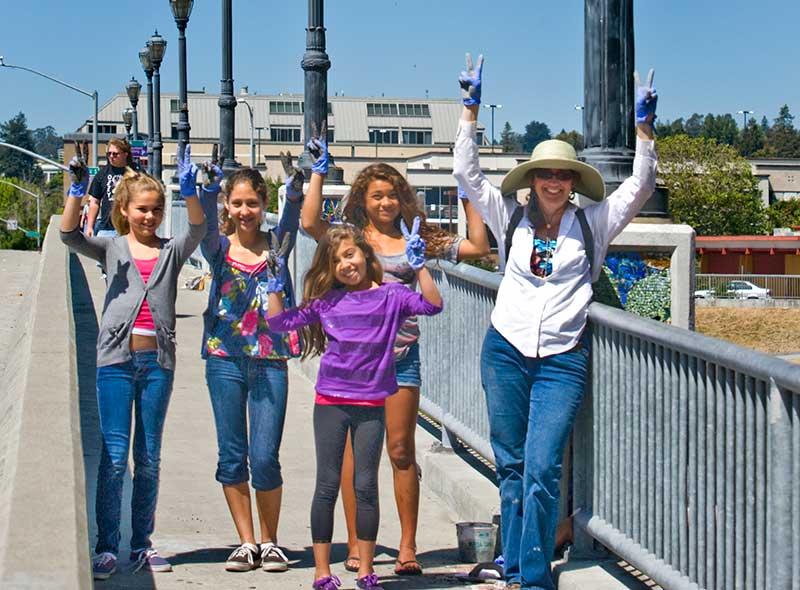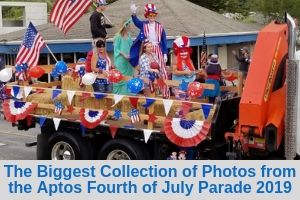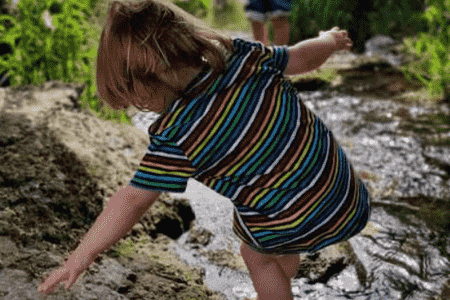Public sculpture and mosaic creations inspired by nature have been the specialty of local artist Kathleen Crocetti. Her colorful murals adorn walls, sidewalks, plazas and buildings throughout Santa Cruz County. After a 30-year career teaching art in middle school, Crocetti embarked on community collaborative projects that keep her busy all year around.
Q: Did you grow up wanting to make art?
A: Kids tend to become what they see as possible. I was lucky because my mom is an artist and so was my grandmother. I grew up in a house full of art and artmaking, in my young mind being an artist was just something that women did, akin to cooking or sewing. It wasn’t until later, attending art history classes that it became clear that the “successful artists of historical significance” were white men of European descent and that there were very few ‘successful’ female artists. This made me indignant and mad, but not despondent as I’ve always been a fighter and a rule-breaker.
Q: Describe the difference between making and designing your art projects.
A: I call my medium “community” because I fabricate mosaics in community. Everyone is welcome and when we fabricate these mosaics together we are building and strengthening community by getting to know one another and each other’s stories. I’m helping the community fabricate for the community. For instance the the piece called Dancing Waters which is on the Front Street Garage and faces the San Lorenzo River. That was designed by Maha Titano. She is a woman of color who lives in our community and has been a hard-working artist for many many years and has not received opportunities or recognition. So it was an honor to ask her to design it and then help run a community center where it was fabricated. My idea of community being my media can be summed up in this way: I make art for, by, and with the community.
Q: Why do you consider art to be integral to a healthy society?
A: Art is absolutely integral to the health of society, one of the most important things that art can do is reflect ourselves. When we proclaim to be inclusive people then we have artwork that shows inclusivity and representation of all. When we want to proclaim our feelings of social and racial justice then we espouse that by having art that represents those ideals. For me when I’m making public art with youth what I’m helping to do or hoping to do for them is to give them a sense of place. They co-own that spot in the community, they have a feeling of belonging and importance. They have a reason to come back and revisit their shared community space. This is true for all public art that embraces diverse representation because when you can see yourself in the work, then you can see yourself in the community that has put that work up.
Q: How can people volunteer to work on large-scale installations with you?
A: I have a nonprofit organization called Community Arts and Empowerment and we have a physical location in Watsonville called the Museo Mosaic Arts Center which is located at 26 West Front Street in Watsonville. We take all comers to help us with our current big project which is Watsonville Brilliante, a project that will eventually cover the entire Civic parking garage of downtown Watsonville, comprising 12,500 ft. of mosaics. It will take us five years to complete—we have three phases remaining!
By Christina Waters








